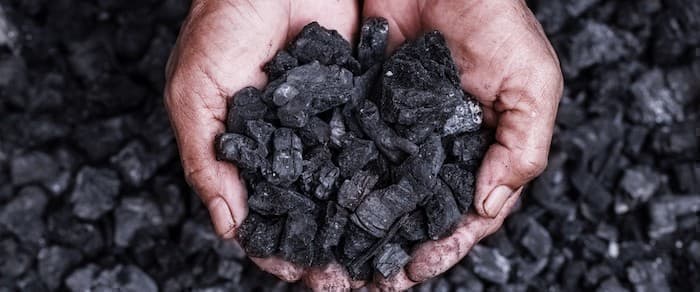The world finally seems to be leaning into the global clean energy transition in earnest. While world leaders have paid a lot of lip service to climate-smart developments in the past, many nations finally seem ready to put their money and their resources where their mouth is, with sweeping investments in renewables, clean energy technologies, and electric vehicles and the widespread development of “green” stimulus packages which feature clean energy as a central part of various countries’ post-pandemic economic recovery road maps.
But while there seems to be more genuine climate-friendly action in the public sector than ever before, there is still a certain degree of duplicitous politicking and double-speak as world leaders talk a big game about shifting their priorities toward fighting climate change while continuing to develop high-emissions economic targets and industrial sectors in the background.
This has certainly been the case for China. President Xi Jinping has been incredibly ambitious and outspoken in his emissions targets for China, the biggest greenhouse gas emitter in the world. China has very publicly pledged to bring its carbon footprint all the way down to zero by 2060 and to reach peak emissions by 2030, and has positioned itself to lead the global clean energy industry, a feat which will be all the more within reach for President Xi considering the fact that China already holds a near-complete monopoly -- as much as 90% in some cases -- on many of the rare earth metals that the clean energy production chain relies on. But at the same time that China has made serious inroads to improve its greenhouse gas emissions in some sectors, the nation has also ramped up its coal production, both domestically and overseas, to a highly concerning degree.
Yale Environment 360 predicted China’s return to coal and warned that the country’s ambitious overseas development plans will directly imperil global climate initiatives. “China’s Belt and Road Initiative is a colossal infrastructure plan that could transform the economies of nations around the world,” the article stated. “But with its focus on coal-fired power plants, the effort could obliterate any chance of reducing emissions and tip the world into catastrophic climate change.”
Related: The Best Oil Stocks As Prices Rebound
And that article, published two years ago, couldn’t have known the extent of it. China’s hunger for coal has only been catalyzed by the spread of the novel coronavirus. As the pandemic battered economies and raised security concerns around the globe, many nations, including China, re-prioritized their focuses, with the environment often losing out. In the case of China, economic and energy security concerns meant a marked return to coal in many provinces.
Meanwhile, the International Energy Agency (IEA) has been sounding the alarm bells that our window to avoid the worst effects of catastrophic climate change is closing. Last month the agency issued yet another warning that if we are to have any hope of reaching the targets set by the Paris climate accord, we have to keep it in the ground. "The pathway to net zero is narrow but still achievable. If we want to reach net zero by 2050 we do not need any more investments in new oil, gas and coal projects," Fatih Birol, the executive director of the IEA was quoted by Reuters last week. While the IEA recognizes that the world can’t drop fossil fuels overnight, certain particularly dirty resources -- most specifically coal -- need to be replaced in the energy mix posthaste.
While all of this is decidedly worrying, however, a new report from the Centre for Research on Energy and Clean Air (CREA) says that there is a silver lining. While the immediate trend, especially in Asia, is an uptick in coal consumption, the more long-term trend is ultimately away from coal. “More China-invested overseas coal-fired power capacity was canceled than commissioned since 2017’” a recent Reuters report stated, “highlighting the obstacles facing the industry as countries work to reduce carbon emissions.”
Indeed, the consensus is that despite all of the back-and-forths over coal, the sector is unequivocally in terminal decline. While this will inevitably create hardship for the huge numbers of workers employed by the worldwide coal industry, it’s ultimately a ray of hope for the global community at a time when it is sorely needed.
By Haley Zaremba for Oilprice.com
More Top Reads From Oilprice.com:
- Judge Blocks Biden’s Ban On Oil Leasing
- $100 Oil Predictions Soar As Analysts Warn Of Supply Crisis
- China Reports Major Oil And Gas Find At Record Depths


















